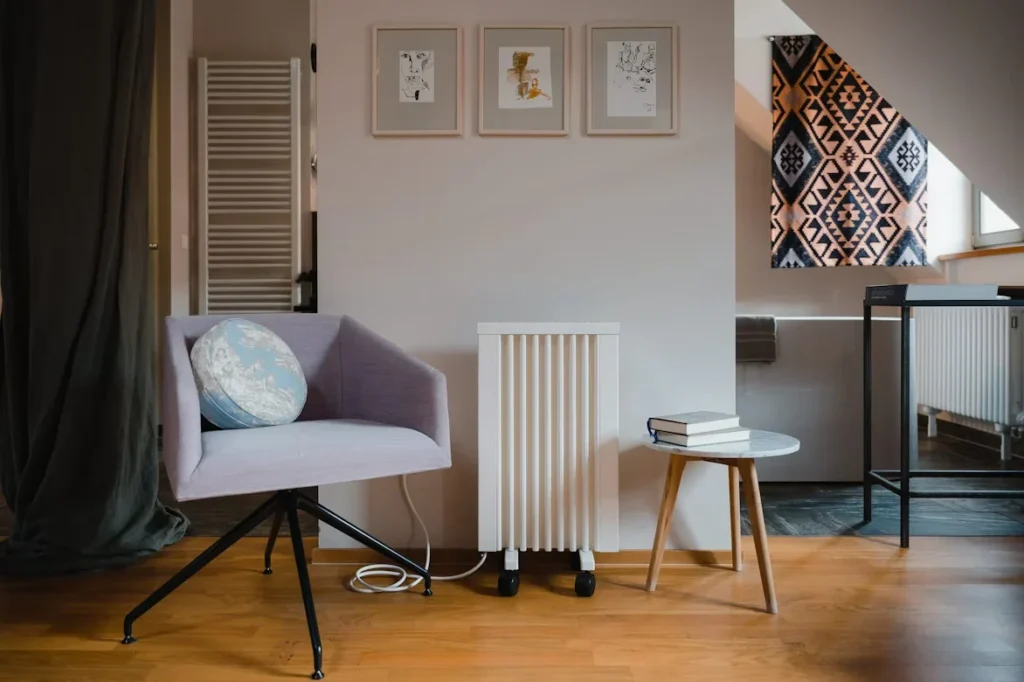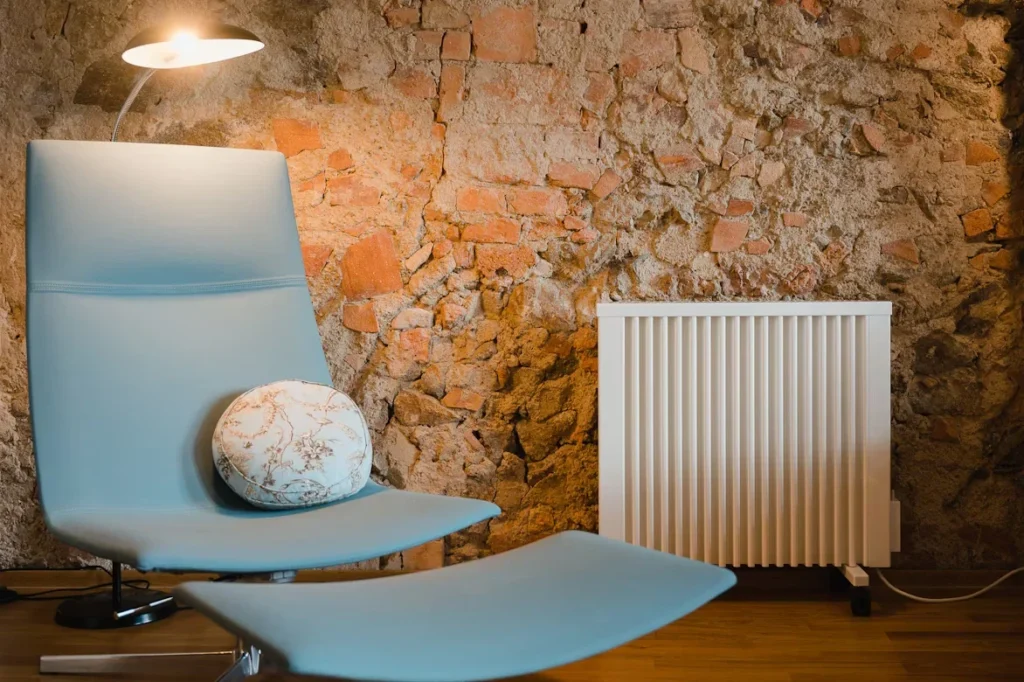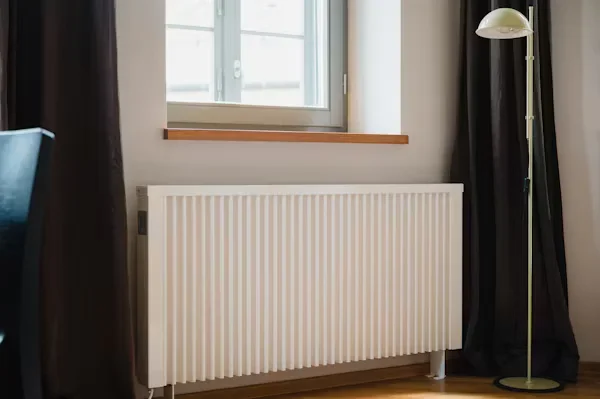When it comes to keeping your home warm and cosy, the effectiveness of your radiators plays a crucial role. It’s not just about having a quality radiator, but also where you position it in your home. The correct placement of radiators can significantly enhance their efficiency, distributing heat more effectively and reducing energy consumption. In this article, we will explore essential radiator placement strategies to help you maximize the benefits of your heating system.

How Radiators Work
The first is that we need to understand a thing or two about heat. Radiators are primarily convective; in other words, they heat the air around them, which in turn heats the room. It is best to install your radiator on an outside wall for heating. Outer walls tend to be the coldest inside a room, and a perfect spot to repel the cold air coming in from outside. By tempering this cooler air, you can help achieve a more uniform, comfortable temperature throughout the room.
Position Radiators Under Windows
Another popular choice is to set radiators beneath windows. This does so by leveraging the cooler air drawn down from the window, which can instantly heat and spread evenly around. However, curtains shouldn’t cover the radiator, as this can prevent the heat from entering the house. For this type of picture, shorter curtains or blinds are more suitable, as the heat will rise and not be restricted.

Consider Furniture Layout
Also, think about the arrangement of your furniture. There’s often a temptation to place a sofa or larger piece of furniture directly in front of a radiator because you think it looks better or you’re saving space, but this will absorb much of that heat, making the room feel colder. Bigger pieces can suck in the heat when it all wants to get around the room. Make sure it has ample room on all sides, free from your radiator or furniture, so that heat can flow freely.
Use Reflector Panels
A lesser-known tip is to use reflector panels behind your radiators. Particularly useful for radiators positioned on external walls, reflector panels help to direct heat back into the room, rather than allowing it to escape through the wall. This can improve your radiator’s efficiency, helping your room heat up faster while conserving energy. They are a cost-effective and straightforward solution that can make a tangible difference in heat distribution.
Radiator Height Matters
The height of the radiator will also help to provide maximum heat. The closer to the floor your radiator is mounted, the better heat dispersion is achieved. This is because hot air rises; by initiating the convection process from lower points, the heated air will sweep the entire room and you get a more balanced temperature in return.
Maintenance and Bleeding

Keeping your radiators well-maintained and/or bled can also help them operate more efficiently. Air inside the system can block the radiator’s ability to heat properly. By performing regular bleeding and having your radiators checked by a heating professional, you ensure that your radiators work at their best, keeping your home warmer and saving you money on your energy bill.
Last, think about the rest of your house. In an open-plan layout, it can be used to establish a geographical presence and, through heat, to create a sense of separate areas. This can also work to the advantage of smaller rooms that open to large spaces, keeping them from being blasted by heat.
Conclusion
In conclusion, careful consideration of radiator placement can significantly enhance the warmth and efficiency of your home’s heating system. By strategically placing radiators on external walls or under windows, understanding furniture layout, and considering additional accessories such as reflector panels, you can create a more comfortable and energy-efficient environment. Regular maintenance and strategic planning are essential for maximizing the benefits of your radiators and enjoying a cozy home throughout the colder months.












